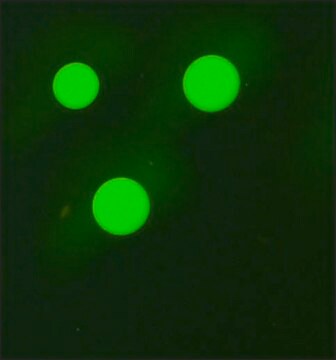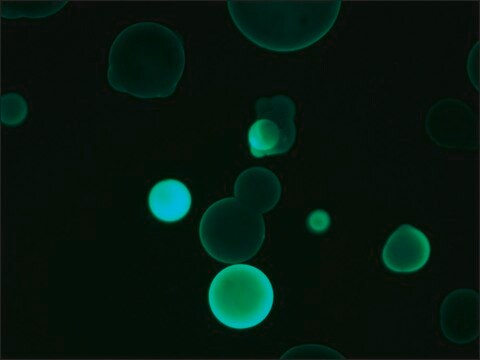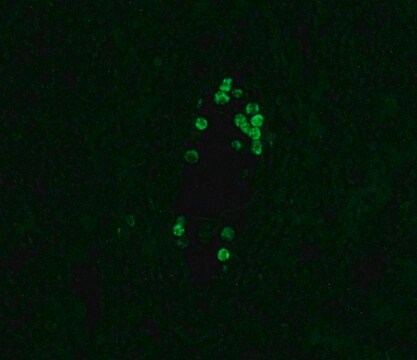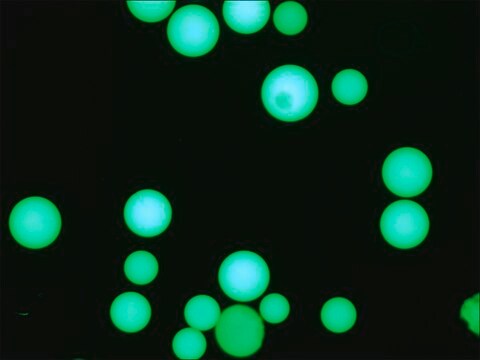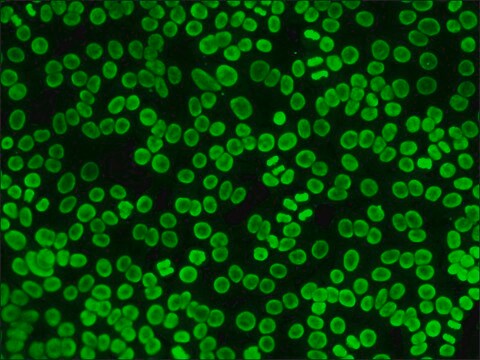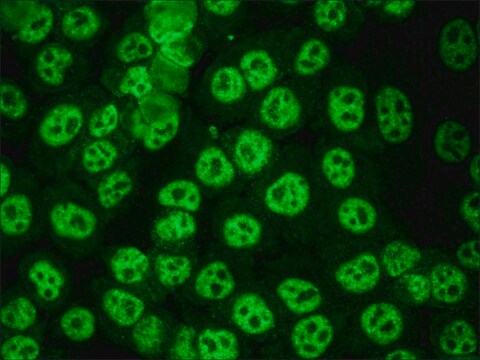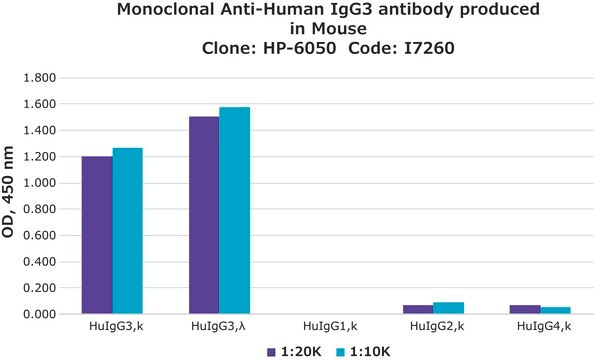F0767
Anti-Human IgG1−FITC antibody, Mouse monoclonal
clone 8c/6-39, purified from hybridoma cell culture
Synonym(s):
Monoclonal Anti-Human IgG1 (Fc specific)
About This Item
Recommended Products
biological source
mouse
Quality Level
conjugate
FITC conjugate
antibody form
purified from hybridoma cell culture
antibody product type
secondary antibodies
clone
8c/6-39, monoclonal
form
buffered aqueous solution
storage condition
protect from light
technique(s)
dot immunobinding: 1:64
particle immunofluorescence: 1:32
isotype
IgG2a
shipped in
dry ice
storage temp.
−20°C
target post-translational modification
unmodified
Looking for similar products? Visit Product Comparison Guide
Related Categories
General description
Application
Flow cytometry/Cell sorting (1 paper)
Biochem/physiol Actions
Physical form
Disclaimer
Not finding the right product?
Try our Product Selector Tool.
Storage Class Code
10 - Combustible liquids
Flash Point(F)
Not applicable
Flash Point(C)
Not applicable
Choose from one of the most recent versions:
Already Own This Product?
Find documentation for the products that you have recently purchased in the Document Library.
Articles
Antibody-based serology tests are useful in identifying subjects with an adaptive immune response to the SARS-CoV-2 virus. Anti-human immunoglobulin antibodies allow for quick and simple, yet reliable assays with easy readouts and can also be adapted for high-throughput screening.
Our team of scientists has experience in all areas of research including Life Science, Material Science, Chemical Synthesis, Chromatography, Analytical and many others.
Contact Technical Service